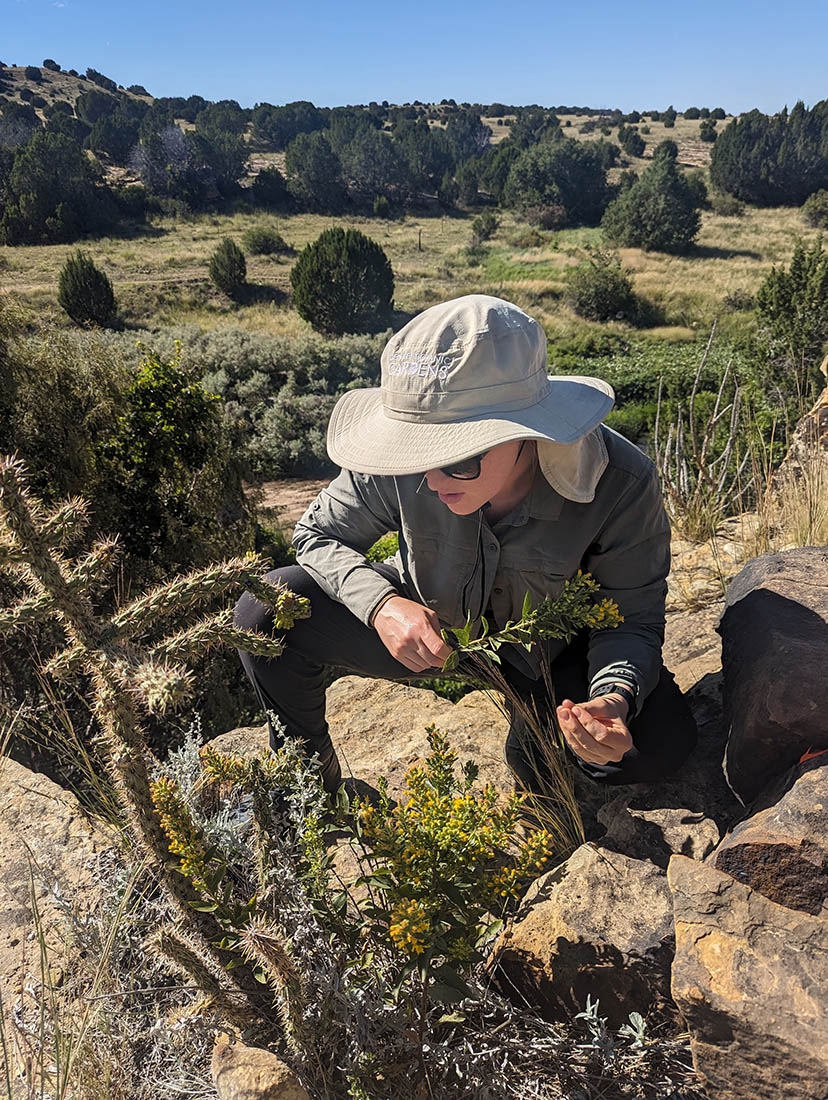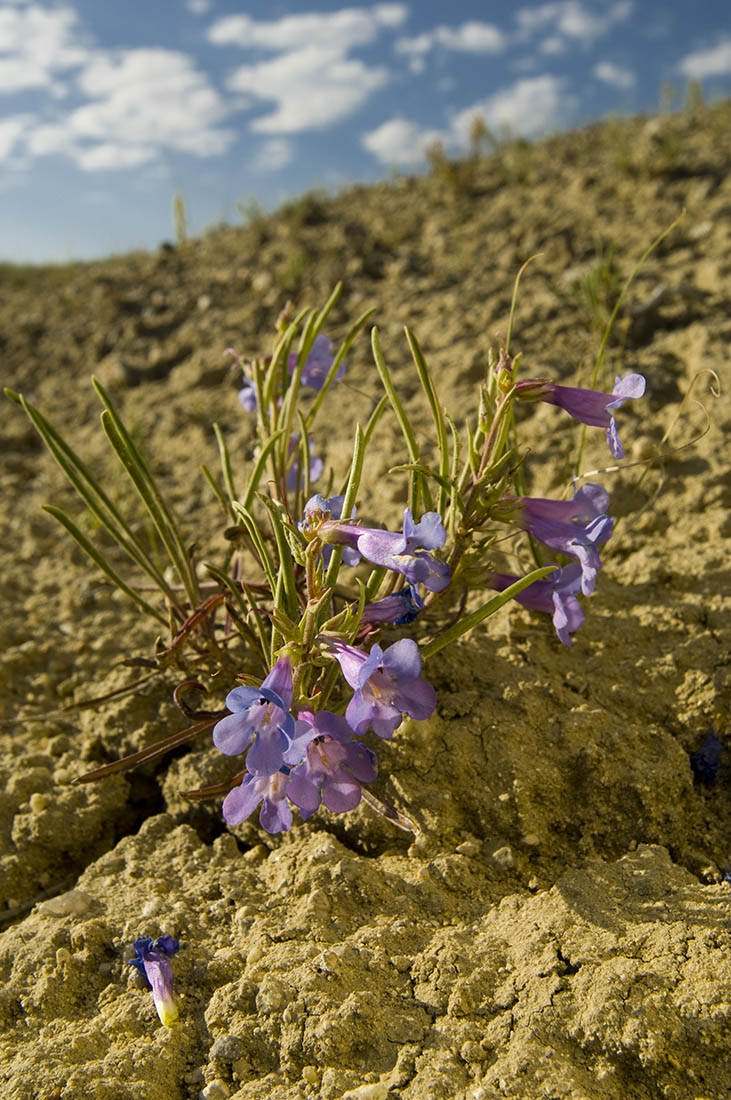2023 Science: Year in Review
Our 2023 Science Year in Review has been published. This report highlights significant milestones like the 100,00th accession into the natural history collections and the 55 years of dedicated service from our extraordinary volunteer, Loraine Yeatts. These milestones demonstrate our unwavering commitment to understanding biodiversity.
In 2023, conservation remained a paramount focus, with collaborative projects driving both in situ and ex situ efforts. Long-term tracking of rare species contributed to the delisting of an endangered species, Sclerocactus glaucus. As the specter of climate change threatens alpine habitats, our efforts to understand and conserve these fragile ecosystems have expanded, emphasizing the urgency of our conservation initiatives.
Additionally, we continued our partnerships with local organizations enabling us to delve into the biodiversity of the urban matrix and informing management practices for urban green spaces. From assessing urban tree health to incorporating native species into urban landscapes, our projects foster community engagement and environmental stewardship. Not to mention, the addition of a full-time floristic and outreach coordinator will further amplify our efforts, ensuring that the depth of our work is shared with a wider audience.
Thanks to our dedicated staff, graduate students, volunteers and interns our department made progress on more than 10 projects. From collaborations with the U.S. Bureau of Land Management, to building our reference collection, our team demonstrated immense drive while collecting and analyzing data, publishing papers, and continuing our meaningful work. While we continue to expand our impact and understanding of regional biodiversity through outreach and on-going projects, you can find our 2023 Science Year in Review online. Learn more about research, conservation and our efforts to connect people with plants.
Gallery



Add new comment